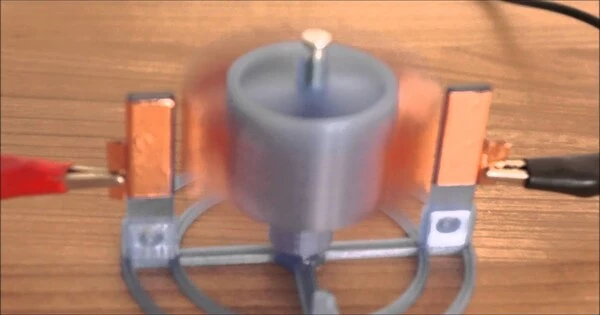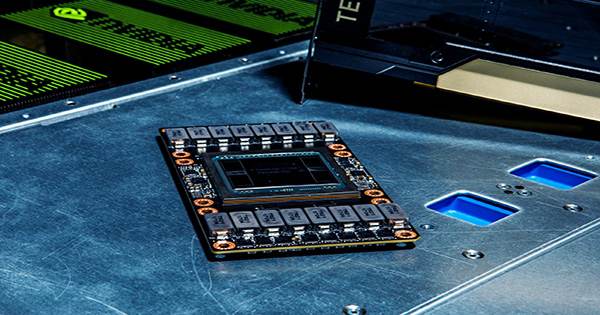An electrostatic motor, also known as a capacitor motor, is a type of electric motor that works by using the attraction and repulsion of electric charge. It is a type of electric motor that operates on electrostatic principles.
The spacecraft electrostatic ion drive thruster is a different type of electrostatic motor in which forces and motion are created by electrostatically accelerating ions. Electrostatic motors, as opposed to conventional motors that use electromagnetic forces to generate motion, rely on the interaction of electric charges to produce rotational or linear motion.
Overview
An electrostatic motor is based on the attraction and repulsion of electric charge. Usually, electrostatic motors are the dual of conventional coil-based motors. They typically require a high voltage power supply, although very small motors employ lower voltages. Conventional electric motors instead employ magnetic attraction and repulsion, and require high current at low voltages. In the 1740s and 1750s, the first electrostatic motors were developed by Andrew Gordon and by Benjamin Franklin. Today the electrostatic motor finds frequent use in micro-mechanical (MEMS) systems where their drive voltages are below 100 volts, and where moving, charged plates are far easier to fabricate than coils and iron cores.
Working Principle
An electrostatic motor’s basic operation involves the attraction and repulsion of electric charges. It is typically made up of two or more electrodes or conductive surfaces, known as stators and rotors, separated by an insulating material. The stators are fixed, whereas the rotors can move.
The stator electrodes become charged with electric potential when a high voltage is applied to them. Because of the electric field created by the charged stators, the rotors, which are typically electrically conductive, will experience electrostatic forces. The rotors move due to the interaction of electrostatic forces.
Electrostatic motors can be classified into two main types: attraction motors and repulsion motors.
- Attraction Motors: The stators and rotors in an attraction motor have opposite charges, resulting in an attractive force between them. The rotors are drawn towards the stators by the attraction force. The charges are redistributed as the rotors approach the stators, and the process is repeated, resulting in continuous motion.
- Repulsion Motors: Both the stators and the rotors in a repulsion motor are charged with the same polarity. A repulsive force is generated by the like charges, causing the rotors to move away from the stators. When the rotors move away, the charges redistribute, and the process is repeated to keep the motion going.
Advantages
Electrostatic motors have a number of advantages, including their simplicity, quiet operation, and lack of electromagnetic interference. However, in order to generate sufficient electrostatic forces, they frequently require high voltages, which limits their practical applications. They are mostly used in specialized applications like air ionizers, microelectromechanical systems (MEMS), and scientific instruments.
















